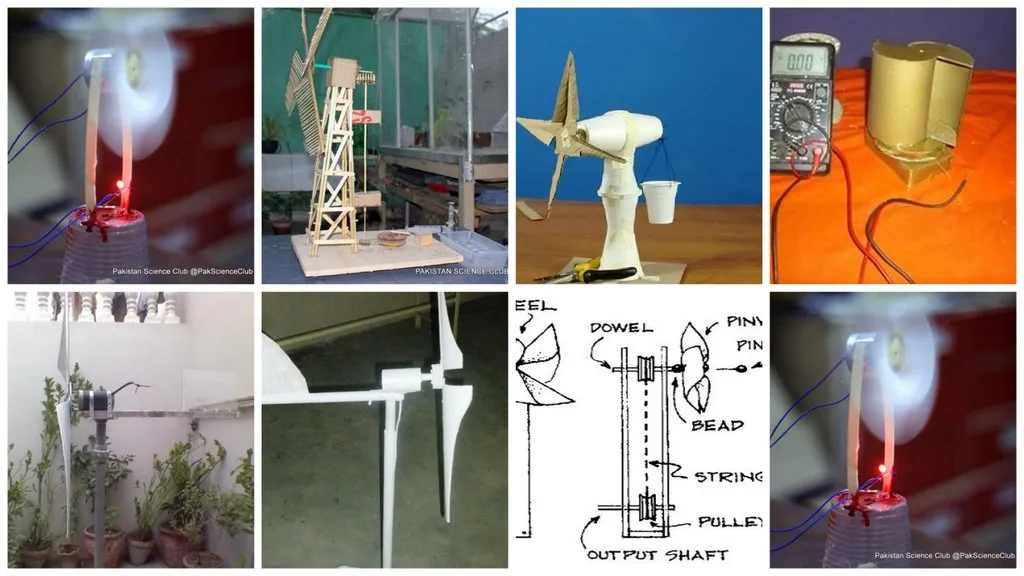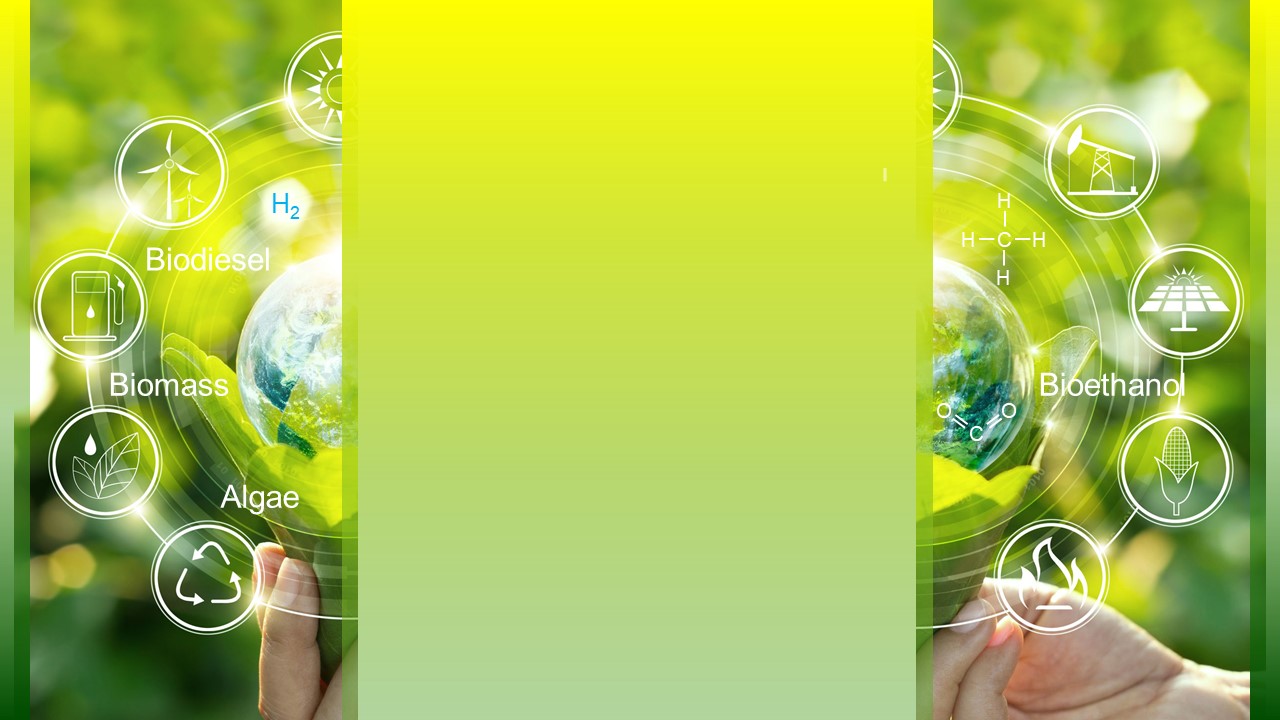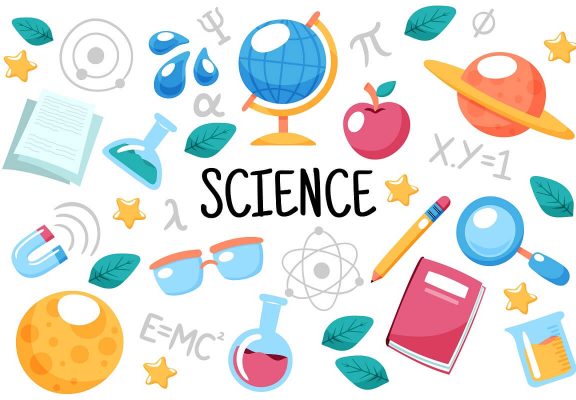Explore the cutting-edge science research driving clean energy innovations for a sustainable future. Today, more than ever, there is a need to combat the problem of climate change and all that accompanies it. Society needs clean energy which also comprises of sustainable energy sources such as solar, wind and hydroelectricity. These clean energy technologies are being perfected every day by science, yielding better, cheaper and more available solutions. This paper focuses on the role of new science in the development of clean energy, its technologies, its advantages, and the difficulties in the process.
The Contribution of Science to Clean Energy Generation
Next generation technologies are being developed with the help of science and technology which is readily at the disposal of contemporary man. Scientists and practitioners are seeking to find other ways to extract natural energy resources and enhance energy consumption efficiency with less emissions. Some cancers have been treated without surgery see these hypotheses: here are some domains in which science contributes a great deal:
1. Solar Energy Technologies
Of all energy sources that are environmentally friendly, solar energy is the one that finds the most application. Solar energy has become efficient and affordable with the development in technology. There are several key advancements:
Photovoltaic (PV) Cells: These devices are utilized for direct electricity generation from the solar energy. Currently the attention is on maximization of their use and minimization of their production costs.
Thin Film Solar Panels: Unlike their crystalline silicon panel counterparts, these panels employ a different technology that allows for flexibility and lightweight construction.
Solar Thermal Energy: This technology utilizes the energy of sunlight to create heat and subsequently produce electricity or heat.
Table 1: Types of Solar Panels
| Type | Description | Efficiency | Applications |
|---|---|---|---|
| Monocrystalline | Made from single-crystal silicon; high efficiency | 15-20% | Residential, commercial |
| Polycrystalline | Made from multiple silicon crystals; lower cost | 13-16% | Residential, commercial |
| Thin-Film | Made from layers of photovoltaic material | 10-12% | Flexible installations |
Wind Energy Developments
Wind energy forms part of the utilization of clean energy. Achievements in the efficiency and performance of wind turbines are being experienced. Innovations include:
Vertical-Axis Wind Turbines (VAWTs): Such turbines perform better than normal horizontal-axis turbines since wind can be harnessed from various angles.
Offshore Wind Farms: These are farms that are sited on water bodies where high and steady winds are obtained.
Advanced Materials: Research is underway to produce new composite materials for wind turbines that are weight efficient and offer improvement in aerodynamics and strength.
Table 2: Wind Turbine Types
| Type | Description | Efficiency | Applications |
|---|---|---|---|
| Horizontal-Axis | Most common type; blades rotate on a horizontal axis | 35-45% | Large-scale wind farms |
| Vertical-Axis | Blades rotate on a vertical axis; can capture wind from any direction | 25-35% | Urban and residential |
| Offshore | Located in bodies of water; takes advantage of stronger winds | 40-50% | Offshore wind farms |
Innovation in Hydroelectric Power
Hydropower remains a key and well-known renewable energy source. Cuts in these parameters have been the aim of the new development s in this area. These include:
Small Hydro Power Plant: These systems used for small rivers have been designed for easy deployment in modules thereby minimizing the level of encroachment on the rivers.
Water Pumping – Enhanced Pumped Storage: Energy that was not used is converted into potential energy by using a mixture for pumping water upwards and thus it is available when it is needed.
Hydrokinetic Turbine: This is a new process allowing for energy recovery from moving water in ocean or river without constraining the flow with a dam.
Table 3: Types of Hydroelectric Systems
| Type | Description | Efficiency | Applications |
|---|---|---|---|
| Run-of-River | Uses the natural flow of a river to generate power | 30-45% | Small-scale, low-impact |
| Reservoir | Stores water in a dam; releases it to generate power | 30-50% | Large-scale, high impact |
| Pumped Storage | Stores energy by moving water between reservoirs | 70-80% | Grid stability, peak shaving |
Advantages of Clean Energy Technologies
The evolution of clean energy technologies has many advantages:
Environmental Protection: Emissions of harmful greenhouse gases as well as other pollutants are reduced as the use of clean energy sources is increased that helps in controlling climate change as well as conserving biodiversity.
Energy Independence: Resources that are produced locally and are renewable help countries to reduce their need for imported fossil fuels thereby making them more energy secure.
Economic Growth: The economic, social and other benefits of jobs in the clean energy sector also extend to the country’s economy. There is also reduction in long run costs due to investment on renewable energy infrastructure.
Health Benefits: Adoption of clean energy will cut down the level of air pollution caused by traditional energy sources hence preventing respiratory diseases and heart problems among the people Clean Energy Adoption Challenges Though many advantages accompany the use of clean energy technologies, there are difficulties towards the wider presence of clean energy sources and technologies. These include:
High Initial Costs: The reason most people do not switch to cleaner energy systems such as solar panels or wind energy is the initial amount of money which is involved in the installation. On the other hand, when all other assessments are understood, the expense is left in the background as there are long term cost effectiveness as well as environmental efficiency benefits.
Intermittency: The renewable energy sources such as the wind and the sun are utilized only when the weather permits which causes a lot of interruptions in the energy supply. This challenge is being solved through new developments in energy storage technologies.
Infrastructure Development: This movement towards clean energy calls for a large-scale overhaul of the current systems which includes enhancing grids and storage facilities.
Technological Limitations: The bulk of these deadlines energetic, clean improvement technologies are at a very early stage of development and therefore are prone to not have mass market applicability as of yet.
Future Trends in Clean Energy
There is optimism as to what lies in the future regarding clean energy with various new trends emerging.
Energy Storage Solutions: Improvement of the battery architecture or any means of energy storage is vital to meet demand and self-regulate the energy grid.
Smart Grids: Smart grids incorporate and coordinate various renewable electrical energy generation sources and employ sophisticated methods to monitor and transmit electric power.
Advanced Materials: New materials such as efficient photovoltaic cells or fracture-proof wind turbine blades will be developed to meet the needs of clean energy systems, increasing energy efficiency and system reliability.
Global Collaboration: Global efforts and information sharing will aid in the quick advancement and acceptance of clean energy technologies across the globe.
FAQS
1. What is clean energy?
Clean energy is the energy sourced from the environment with less or no pollution which include solar, wind, water and geothermal energy. These sources are useful in controlling the greenhouses gases that are causing global warming.
2. How do solar panels work?
Solar energy panels generate power from light using solar cells. Solar cells have semi-conductors that catch sun energy called photons to create current.
3. What is the wind energy advantages?
Wind energy is renewable, creates no greenhouse gas emissions, and can be harnessed on a small or large scale. It also results in the creation of jobs and increasing the growing economy while reducing the dependence on fossil fuels.
4. How is hydroelectric power produced?
Hydroelectric plants produce electricity through the moved water’s motion. The spinning water is directed at turbines which in turn make electricity using generators attached to them.
5. What are the issues with regards to clean energy?
The finance requirements, reliability of renewables, the requirements of the supportive infrastructure, and the limits of technologies have all been problem areas. This is changing with the improvement of infrastructure and development of technology.




